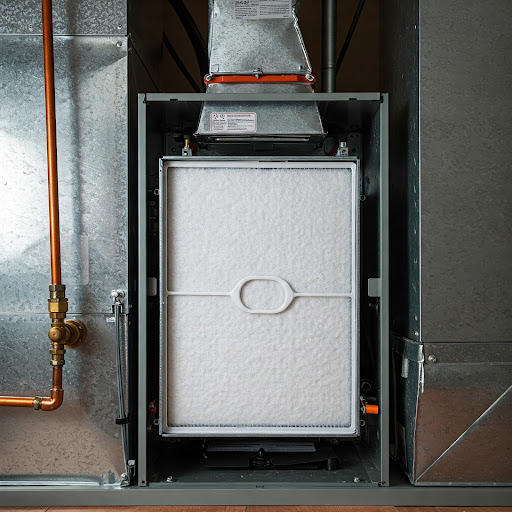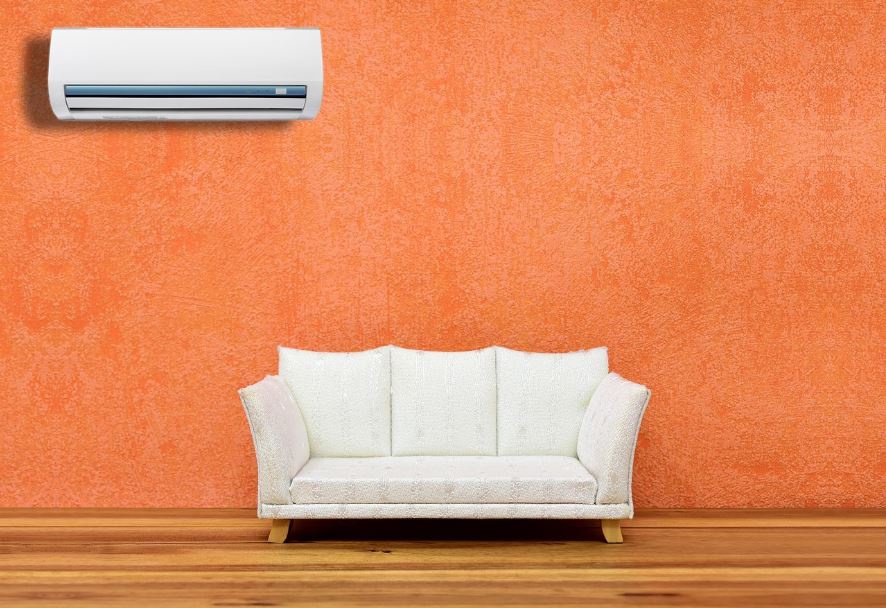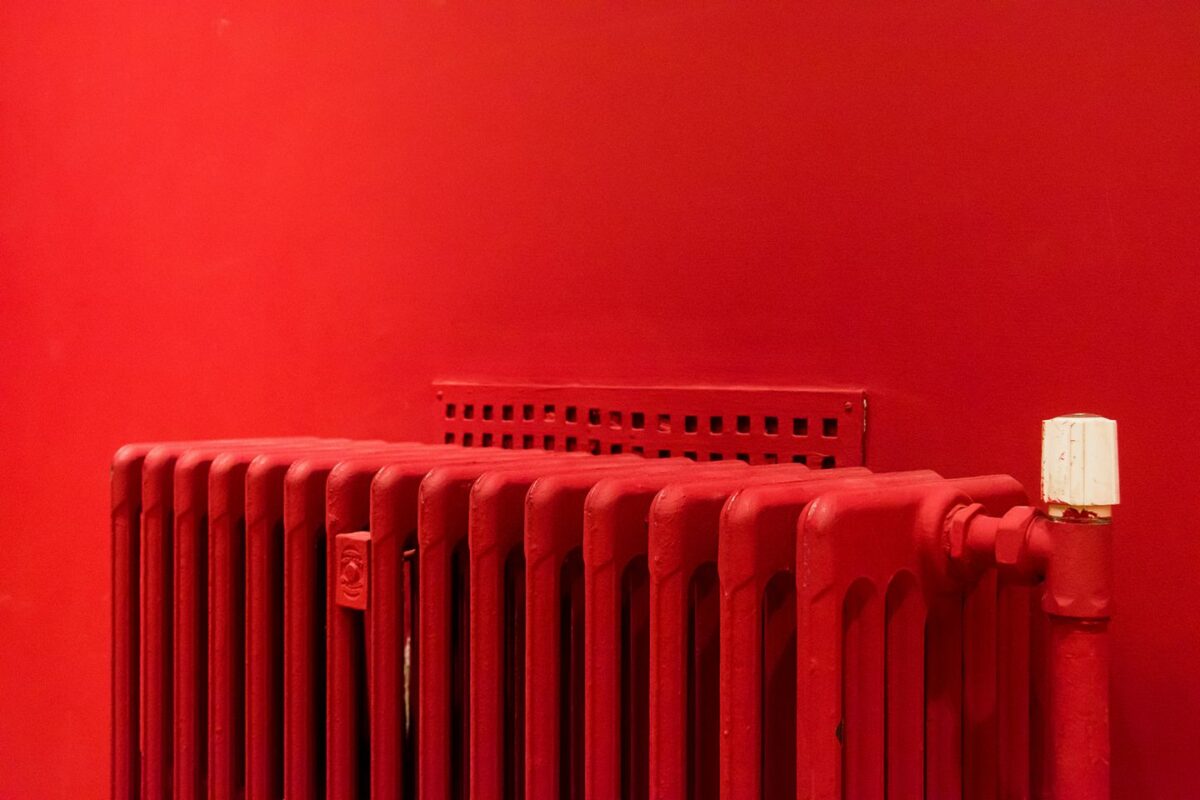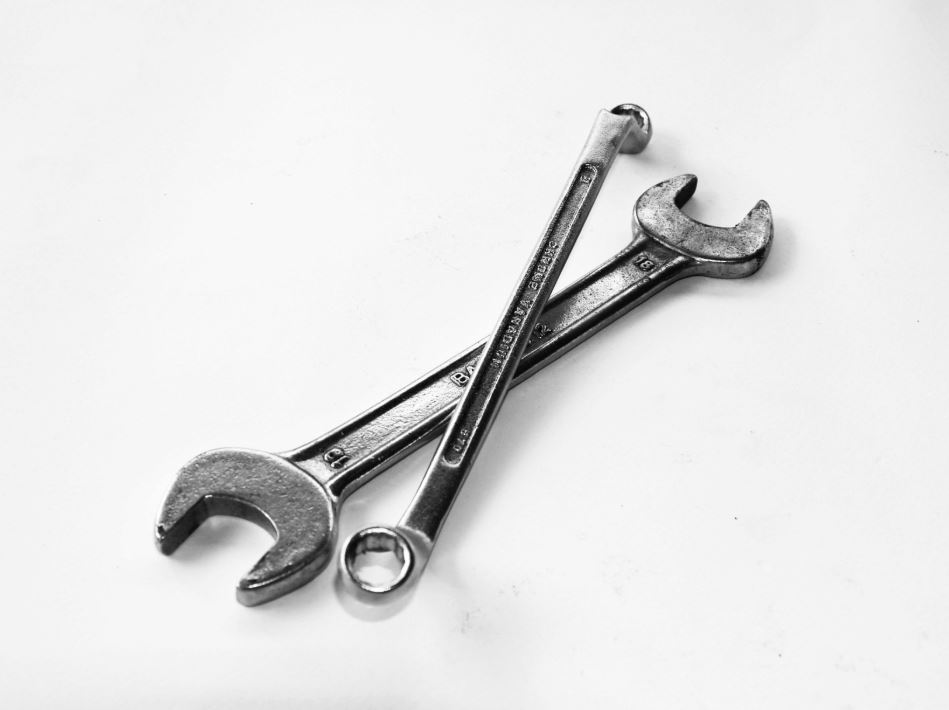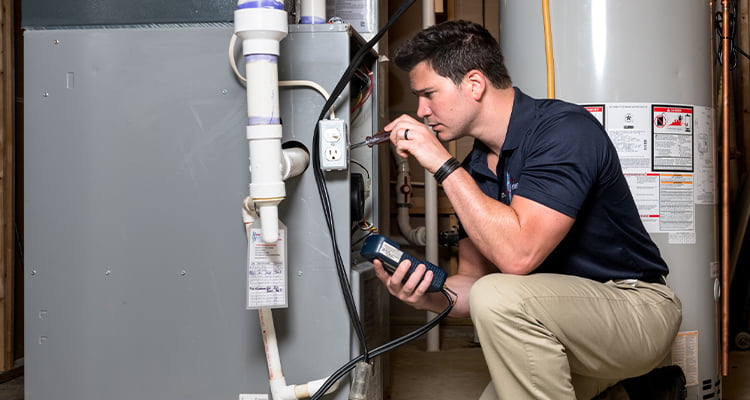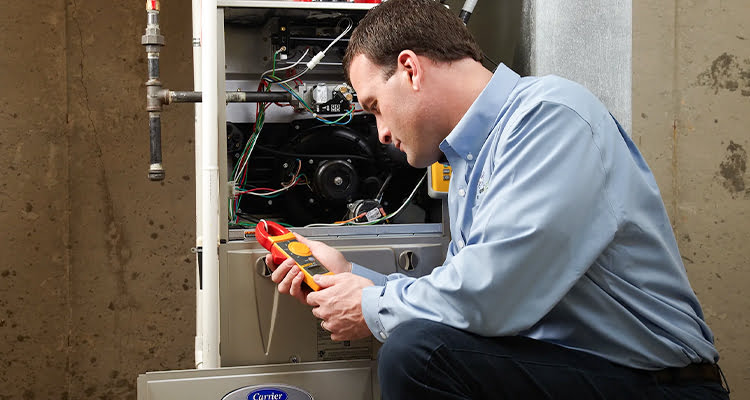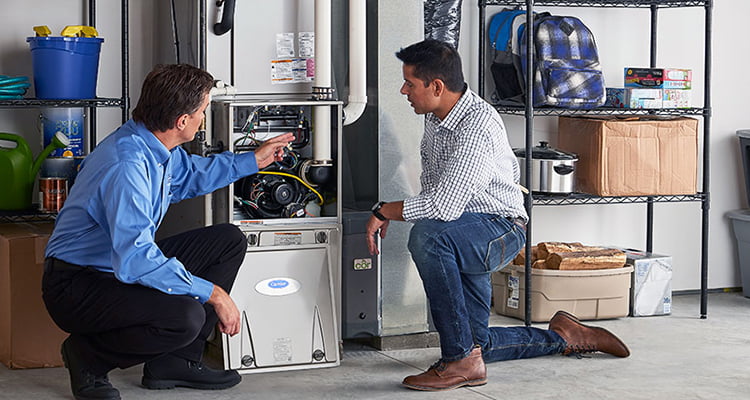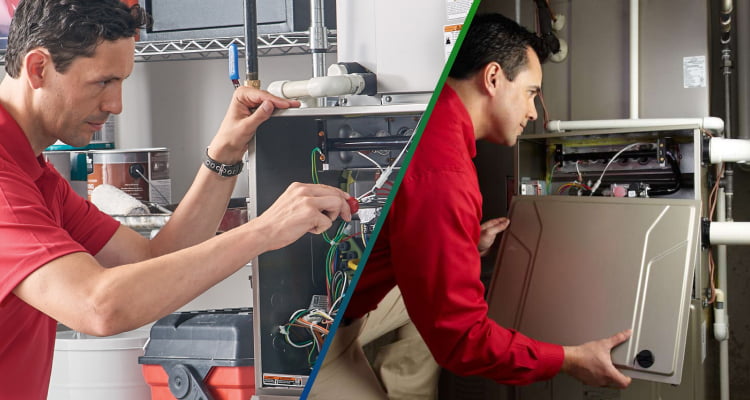Spring symbolizes renewal and rejuvenation, a perfect time for homeowners to consider the upkeep of their household systems, particularly furnace maintenance. As the cold weather fades and before the warmth fully sets in, spring serves as an ideal season to hire an HVAC maintenance company.
But why exactly is spring the best season for this essential home upkeep task? In this blog post, we will delve into why spring stands out as the best time for furnace maintenance, ensuring your system’s efficiency and safety.
Ideal Timing After Heavy Use
Primarily, winter puts a significant strain on your furnace. During these cold months, your heating system works tirelessly to keep your home warm. Consequently, wear and tear are inevitable. By spring, your furnace has completed its marathon and is ready for a check-up.
Furthermore, spring offers milder weather. This makes it the perfect time to inspect and repair your heating system. Notably, you won’t rely heavily on heating or cooling during this season. Thus, maintenance can occur without disrupting your home’s comfort.
Moreover, identifying and addressing issues post-winter prevents minor problems from becoming major. Early detection saves money and extends your furnace’s lifespan. Additionally, spring appointments are generally easier to schedule. HVAC professionals tend to be less busy compared to the peak seasons.
Prepare For The Unexpected
Unexpectedly, spring can still bring chilly days. If your furnace needs sudden repairs, it’s beneficial to have it in top condition. Also, by maintaining your furnace in spring, you ensure it’s ready for any unexpected cold snap.
Besides, planning maintenance in spring provides peace of mind. Knowing your furnace is in optimal condition allows you to enjoy spring and summer. It also eliminates the rush of autumn maintenance when everyone is preparing for winter.
Moreover, spring maintenance ensures that your furnace doesn’t circulate dust and allergens. A clean furnace supports better indoor air quality as you open windows to let fresh air in. This is crucial for allergy sufferers during high pollen seasons.
Cost-Effective Maintenance
Importantly, off-peak season maintenance can be more cost-effective. Since demand for HVAC professionals is lower, you might benefit from reduced rates or special promotions. Additionally, having the flexibility to choose a convenient time can lead to better service quality.
Moreover, regular furnace maintenance reduces the likelihood of emergency repairs. Emergency services are often significantly more expensive than scheduled maintenance. Therefore, a spring check-up can lead to substantial savings down the line.
Furthermore, a well-maintained furnace is more efficient. This means lower energy bills and a smaller carbon footprint. In the long run, the savings from reduced energy consumption can be considerable.
Extending Your Furnace’s Lifespan
Regular maintenance extends the lifespan of your furnace. Just like a car, a furnace needs periodic check-ups to operate effectively. By addressing wear and tear early, you prevent larger issues from arising.
Additionally, a well-maintained furnace operates more efficiently. This not only saves money on energy bills but also reduces the strain on your system. Consequently, your furnace can serve you well for many more years.
Furthermore, maintaining your furnace can also uphold your warranty. Many manufacturers require regular maintenance as part of the warranty terms. Therefore, a spring tune-up can be a smart move to protect your investment.
Better Efficiency
A well-maintained furnace is a more efficient one. By scheduling maintenance in spring, you ensure that your system is running as smoothly as possible. This efficiency translates to lower energy consumption and, consequently, lower utility bills. It’s a proactive approach that not only saves money but also contributes to environmental conservation.
Furthermore, regular check-ups can identify if your furnace is operating safely. Technicians can detect and rectify issues like gas leaks or carbon monoxide risks, ensuring your home remains a safe environment. This peace of mind is invaluable, particularly as you transition into seasons where you might not use the furnace as frequently.
About Us
Spring is nature’s season of renewal, and it’s the perfect time to awaken your home’s heating system from its winter slumber. At Pro West Heating & Air Conditioning, we champion spring furnace maintenance.
Our expert technicians specialize in giving your furnace a thorough spring cleaning and tune-up. This ensures optimal performance and efficiency next winter, saving you money and keeping your home warm and comfortable.
Just like we care for all your residential HVAC systems throughout the year, we’re dedicated to extending the lifespan of your furnace. Contact us today and breathe new life into your furnace this spring!
